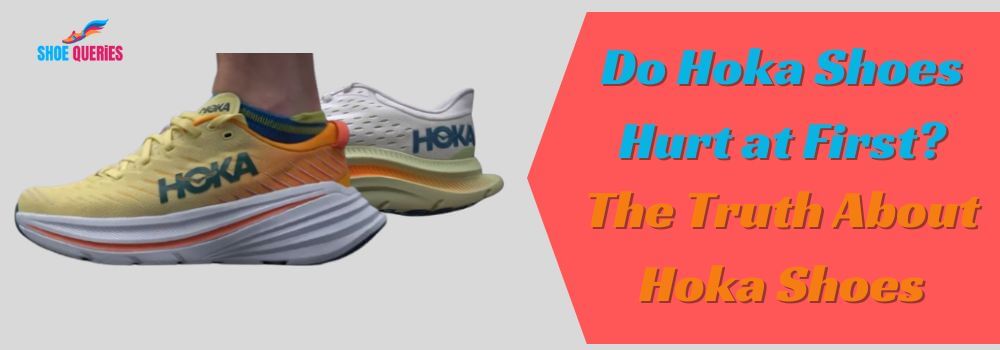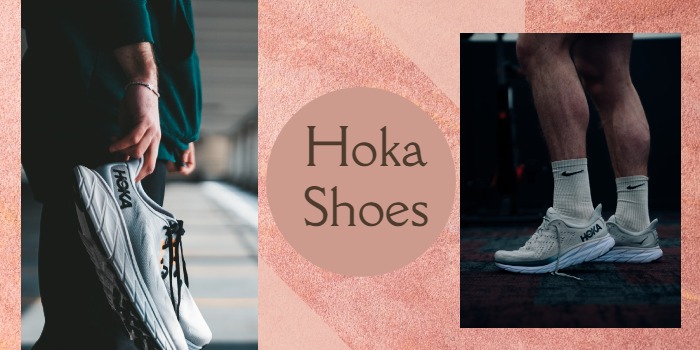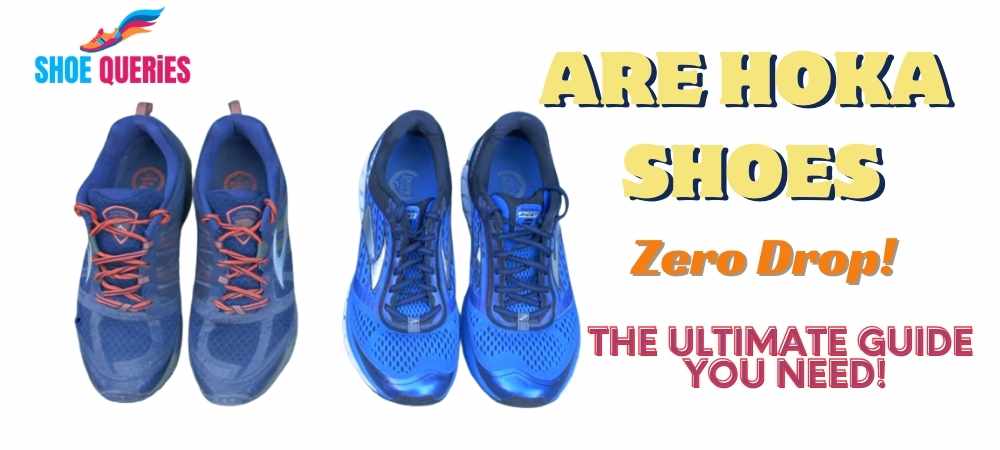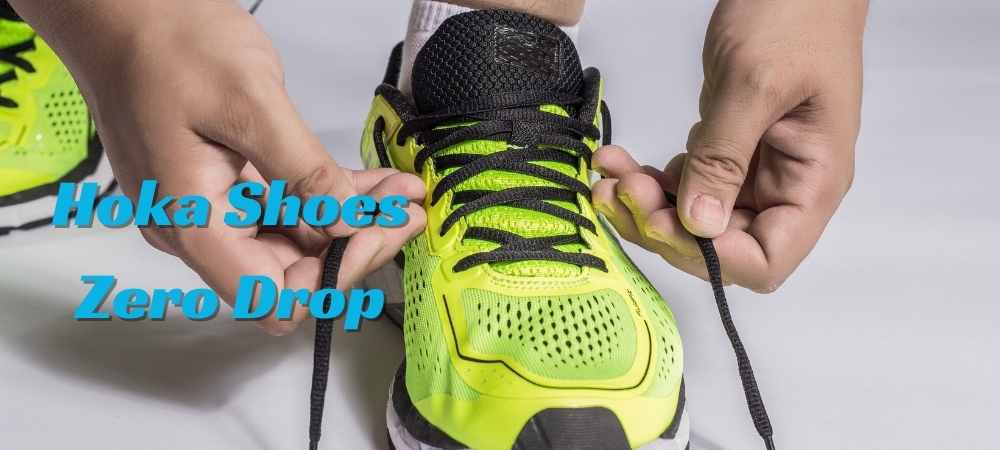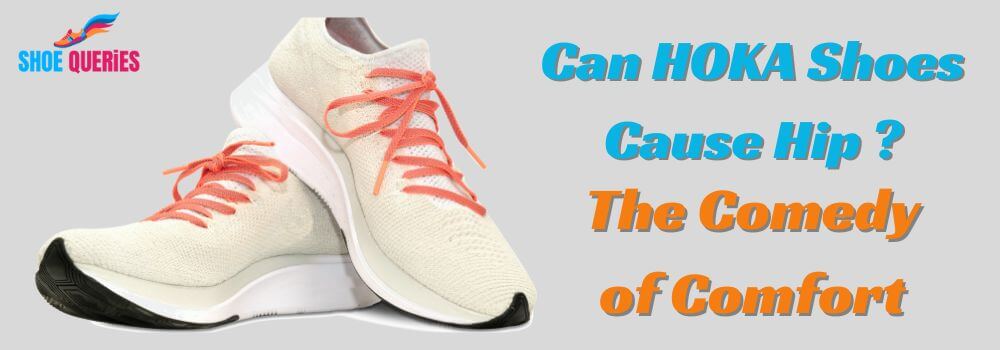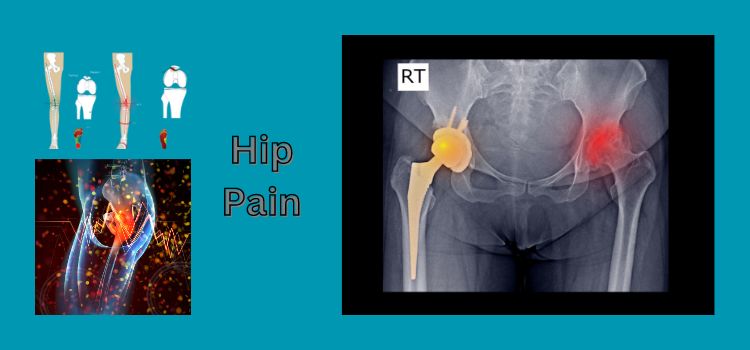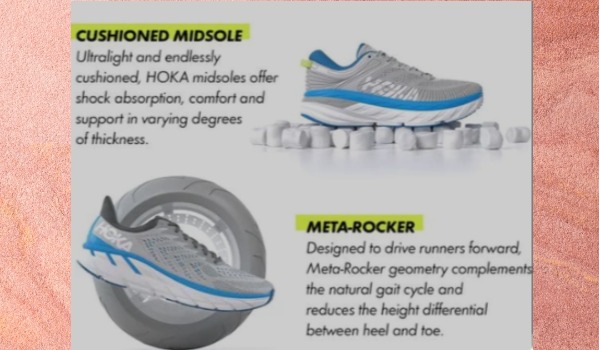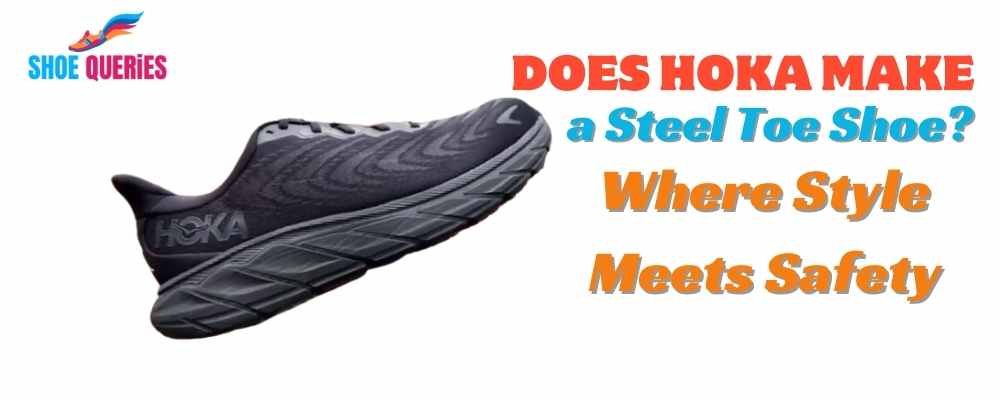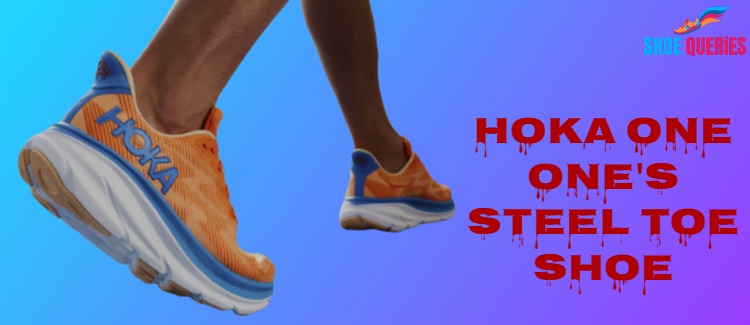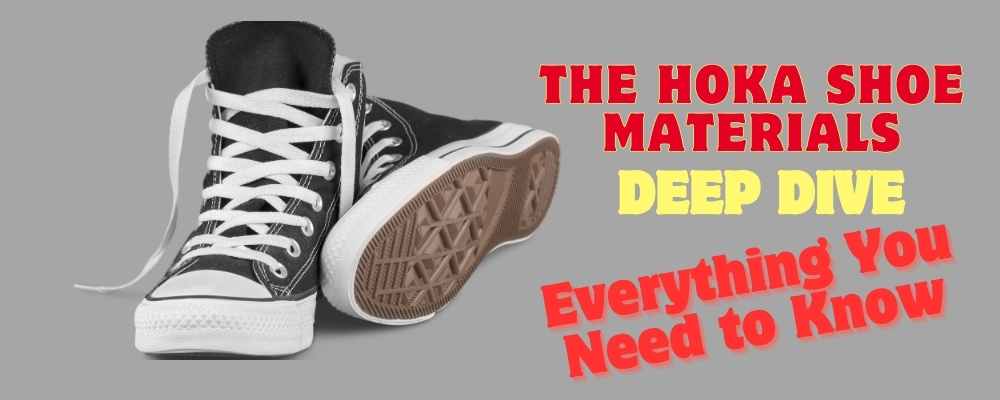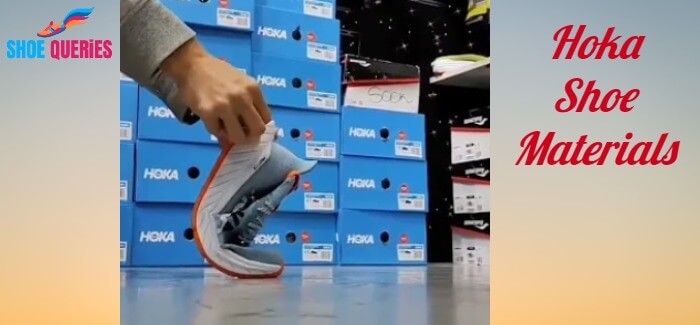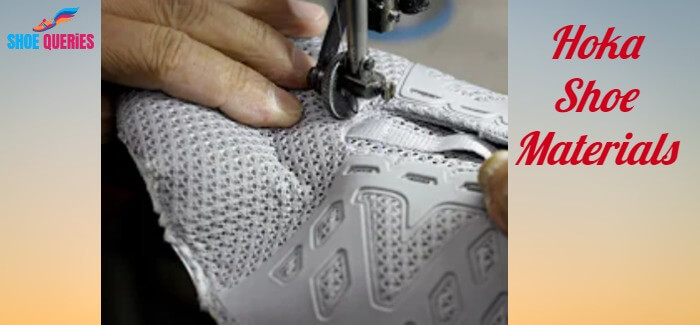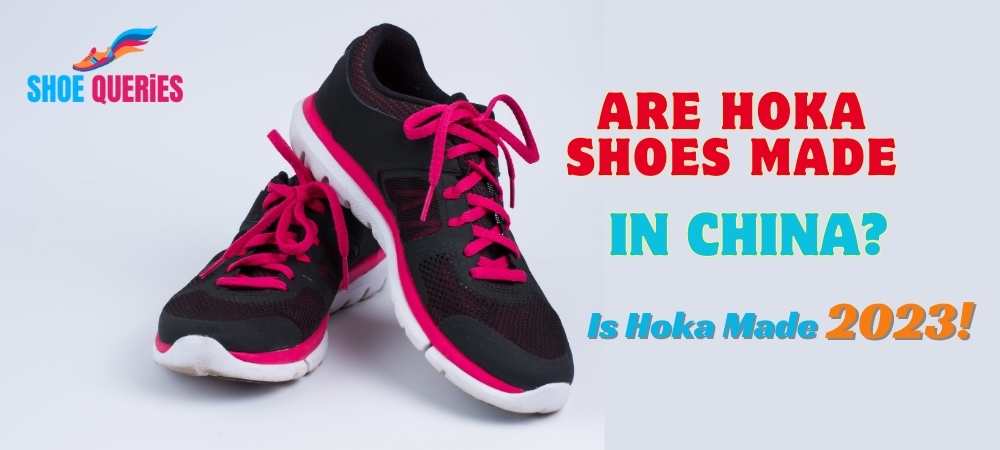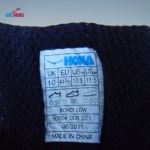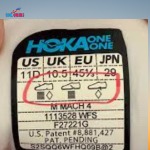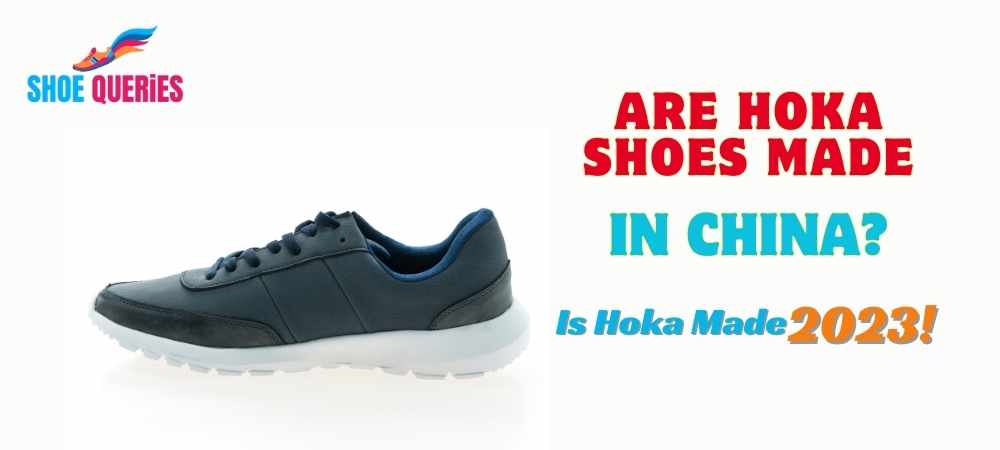Are you a fan of Hoka shoes or perhaps curious about them? One of the first questions that might cross your mind is, “How do you pronounce Hoka shoes?” In this article, we’ll not only answer that but also explore the fascinating world of Hoka shoes, their benefits, and why they’re beloved by runners worldwide.
Quick Answer:
Hoka shoes are pronounced as “HOE-kah.”The Maori word from which the name originates means “to fly over the earth.” Running enthusiasts love these shoes for their special cushioning and support. But let’s take a closer look at the details.
The Origin of Hoka Shoes
Before we dive into pronunciation, let’s explore the background of Hoka. The brand was founded in France in 2009 by two trail-running enthusiasts, Nicolas Mermoud and Jean-Luc Diard. Hoka One One, often abbreviated as “Hoka,” was born out of a desire to create shoes that would help runners move more efficiently on all terrains.

Why Pronunciation Matters
Though it might not seem like much, how a brand name is spoken matters more than you might imagine. Giving a brand’s name its proper pronunciation demonstrates respect for the business and its creators. It also makes communication more effective, especially when you’re discussing products with fellow enthusiasts.
Correct Pronunciation of “Hoka”
Let’s now address the core of the issue. Pronounce “Hoka” as “Ho-Kah,” emphasising each syllable equally. Think of it as saying “Ho” and “Kah” separately but in quick succession.
Common Mispronunciations
Frequent mispronunciations of “Hoka” may cause consumers and supporters to become perplexed. A few examples of commonly mispronounced words are “Hokey,” “Hock-ah,” and “Hoe-kuh.”
The Impact of Mispronunciation
Mispronunciations can affect brand recognition and even deter potential customers. When the name is not pronounced correctly, people might struggle to find information about the brand, which can be detrimental to Hoka’s reputation.
Hoka’s Response to Mispronunciations
Hoka is cognizant of the mispronunciations and has implemented measures to rectify the situation. Ads and videos produced by the company emphasise proper pronunciation, thereby ensuring that customers achieve accurate results.
Celebrities and Athletes Supporting Hoka
Hoka has gained significant attention from celebrities and athletes who appreciate the brand’s quality and innovation. Notable figures like professional runners and Hollywood stars have endorsed Hoka shoes, further contributing to their popularity.
The Popularity of Hoka Shoes
The brand’s dedication to creating excellent footwear for a variety of sports has contributed to its current surge in popularity. Nowadays, a lot of people know Hoka shoes for their performance-boosting qualities, comfort, and toughness.
Pronunciation Challenges for Non-Native English Speakers
Difficulties in accurately pronouncing “Hoka” may arise for non-native English speakers due to its distinctive phonetic characteristics. Notwithstanding this, they should continue to indulge in the exceptional products that the brand has to offer.
Tips for Pronouncing “Hoka” Correctly
To help you pronounce “Hoka” like a pro, remember these simple tips:
- Stress both syllables equally: Ho-Kah.
- Practice saying it aloud until it becomes natural.
- Correct friends and acquaintances politely when they mispronounce it.
Hoka’s Impact on the Running Industry
Hoka’s innovative approach to footwear has left a mark on the running industry. The brand’s maximalist design, featuring extra cushioning and support, has inspired other companies to rethink their shoe designs.
Hoka’s Sustainability Efforts
Beyond performance, Hoka is also committed to sustainability. The brand has made strides in reducing its environmental impact by using eco-friendly materials and ethical manufacturing processes.
Customer Reviews and Experiences
Customer reviews and experiences are testaments to the brand’s commitment to quality. Many runners share their positive experiences with Hoka shoes, praising their comfort and performance benefits.
The Benefits of Hoka Shoes:
Hoka shoes are revered for their exceptional benefits. They provide excellent support, stability, and cushioning. Hoka shoes can lessen joint impact and enhance your running experience, regardless of your level of athleticism.
Hoka Shoes are Popular with Runners:
Why are Hoka shoes so popular among runners? It’s their commitment to innovation and performance. The unique design and cushioning technology allow runners to push their limits and reach new heights in their training.
Hoka Shoes for Different Types of Running:
Hoka has a wide selection of running shoes that are appropriate for both road and trail running. You’ll discover the ideal pair to complement your running preferences and style.
Hoka Shoes for Experienced Runners:
Experienced runners often appreciate the exceptional comfort and performance Hoka shoes provide. The cushioning reduces fatigue, enabling longer and more enjoyable runs.
What Does Hoka One One Mean?
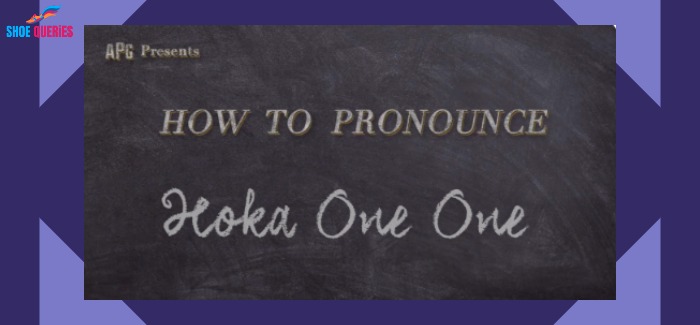
Hoka One One is a brand name with a fascinating meaning. “Hoka” means “to fly over the earth” in Maori. The repeated “One” in the name emphasises the brand’s commitment to delivering the best shoes for runners.
Final Discussion: Pronounce Hoka Shoes?
In summary, the accurate pronunciation of “Hoka” holds significance beyond mere semantics, serving as a gesture of reverence towards a brand that has brought about transformative advancements within the realm of sports footwear. Hoka has established a significant presence among athletes and outdoor lovers globally, owing to its origins in trail running and its steadfast dedication to both innovation and sustainability.
Frequently Asked Questions
Is it essential to pronounce “Hoka” correctly? Pronouncing “Hoka” correctly is a sign of respect and effective communication, but it’s not a strict requirement.
In conclusion, even though “Hoka” sounds a little strange, you now know how to say it. Hoka shoes can be the ideal partner on the track or trail, regardless of your level of experience as a runner. Enjoy the comfortable, cushioned ride that Hoka shoes offer and fly over the earth like never before.

A K M Azad, The Founder of Shoe Queries, In 2023, I set out on a remarkable journey into the world of footwear, driven by an unwavering passion for shoes. His enthusiasm for renowned brands such as Nike, Birkenstocks, Hey Dudes, Crocs, Vans, Uggs, Converse, New Balance, and many others fueled his dedication to disseminating in-depth research on a wide array of footwear styles.


